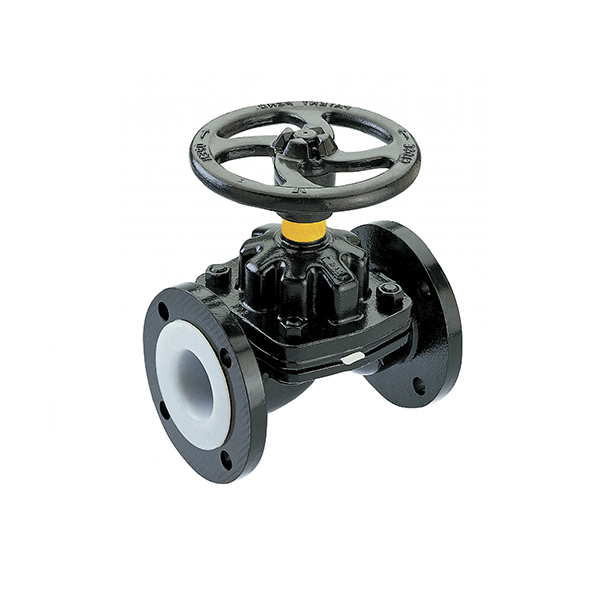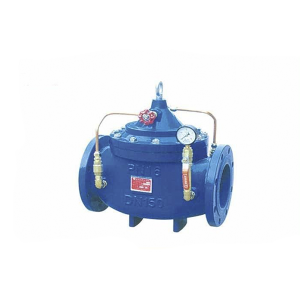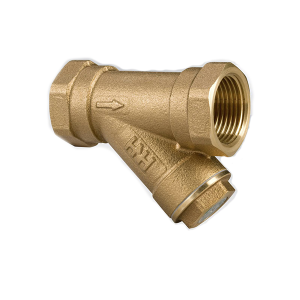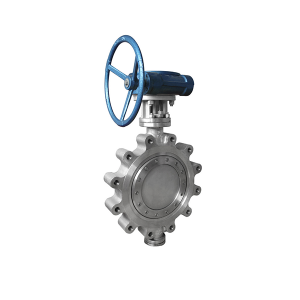Diaphragm valves (or membrane valves) consists of a valve body with two or more ports, a diaphragm, and a “weir or saddle” or seat upon which thediaphragm closes the valve. … Diaphragm valvescan be manual or automated.
In simple terms, the main purpose of a diaphragm solenoid valve is to control the flow of liquids and gases. Diaphragm solenoid valves have a rubber diaphragmthat moves up and down within the body of the valve, causing opening and closing against a hard seat.
Diaphragm valves are used on shut-off and throttling service for liquids, slurries and vacuum/gas.
The seal is achieved by a flexible membrane, usually elastomer, and possibly reinforced with a metal part. The membrane is tensed by the effect of a stem/compressor with lineal movement until contact is made against the seal of the body.
The operating parts of the diaphragm valve are isolated from the flow. This makes this valve suitable for viscous flows and also hazardous, abrasive and corrosive flows as its sealing system avoids any contamination towards or from the environment.
Diaphragm valves are available in a wide variety of metals, solid plastics, plastic, rubber and glass linings. They are well suited to the handling of multiple chemical applications both clear fluids as well as slurries.
The diaphragm valve has an extended use for applications at low pressures and slurry fluid where most other kinds of valves corrode or become obstructed.




